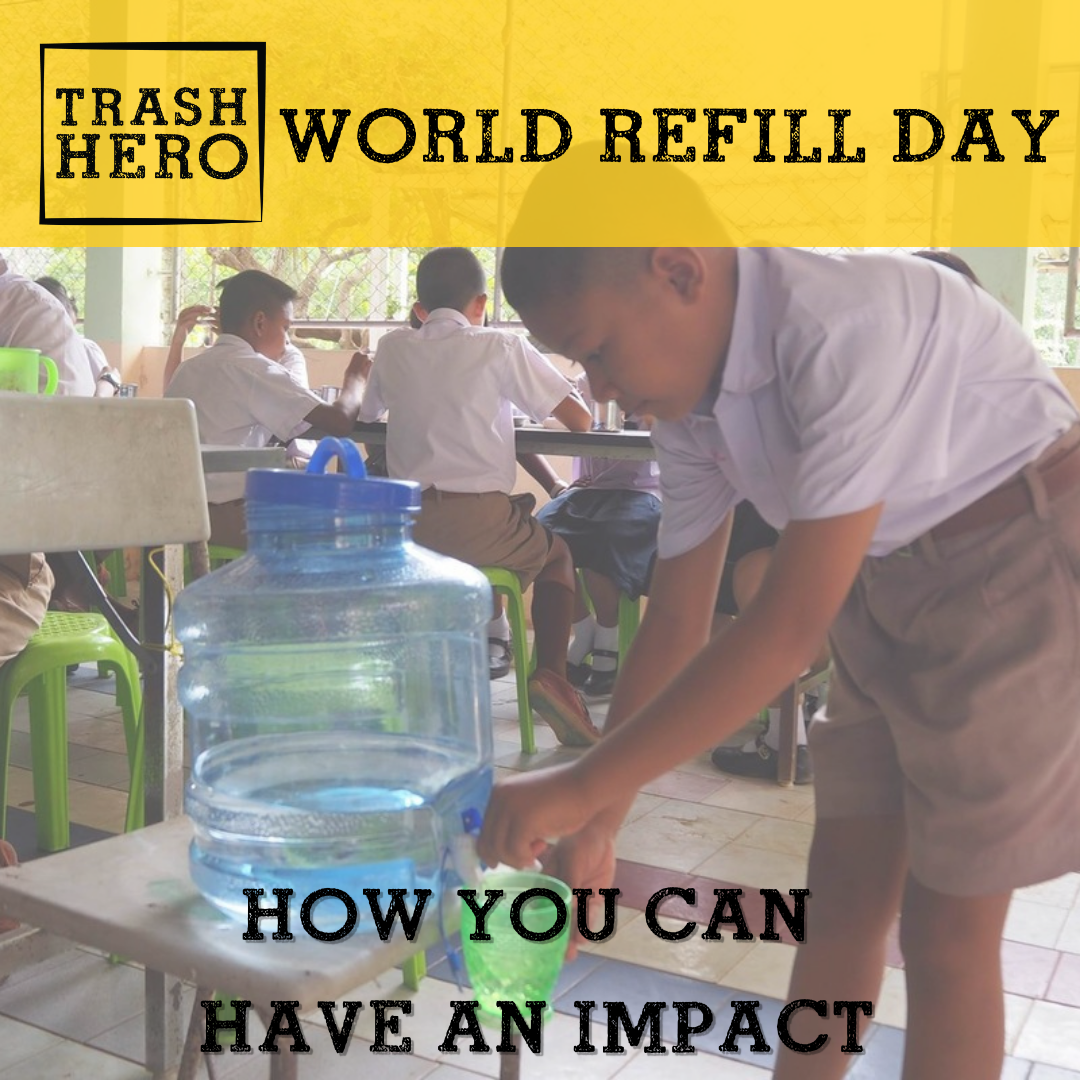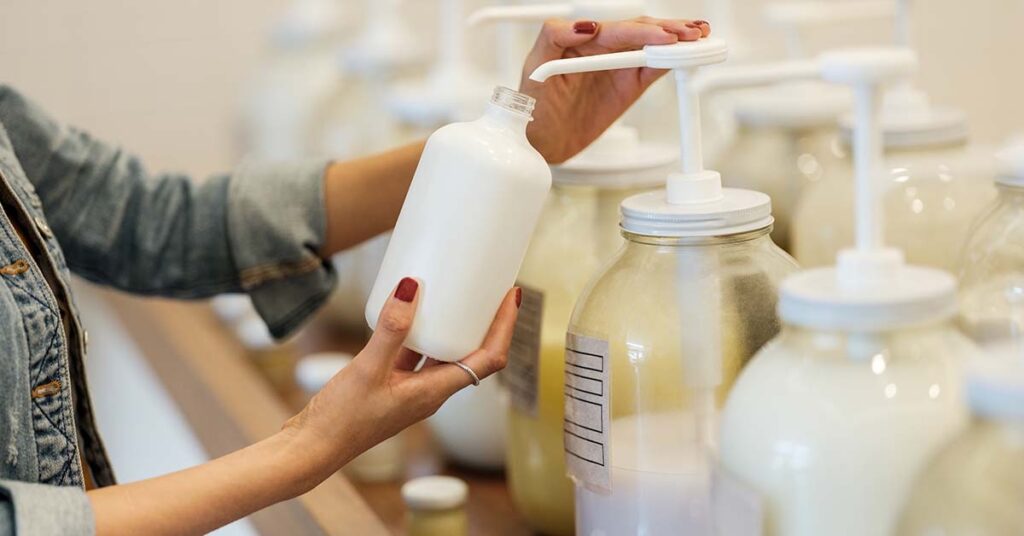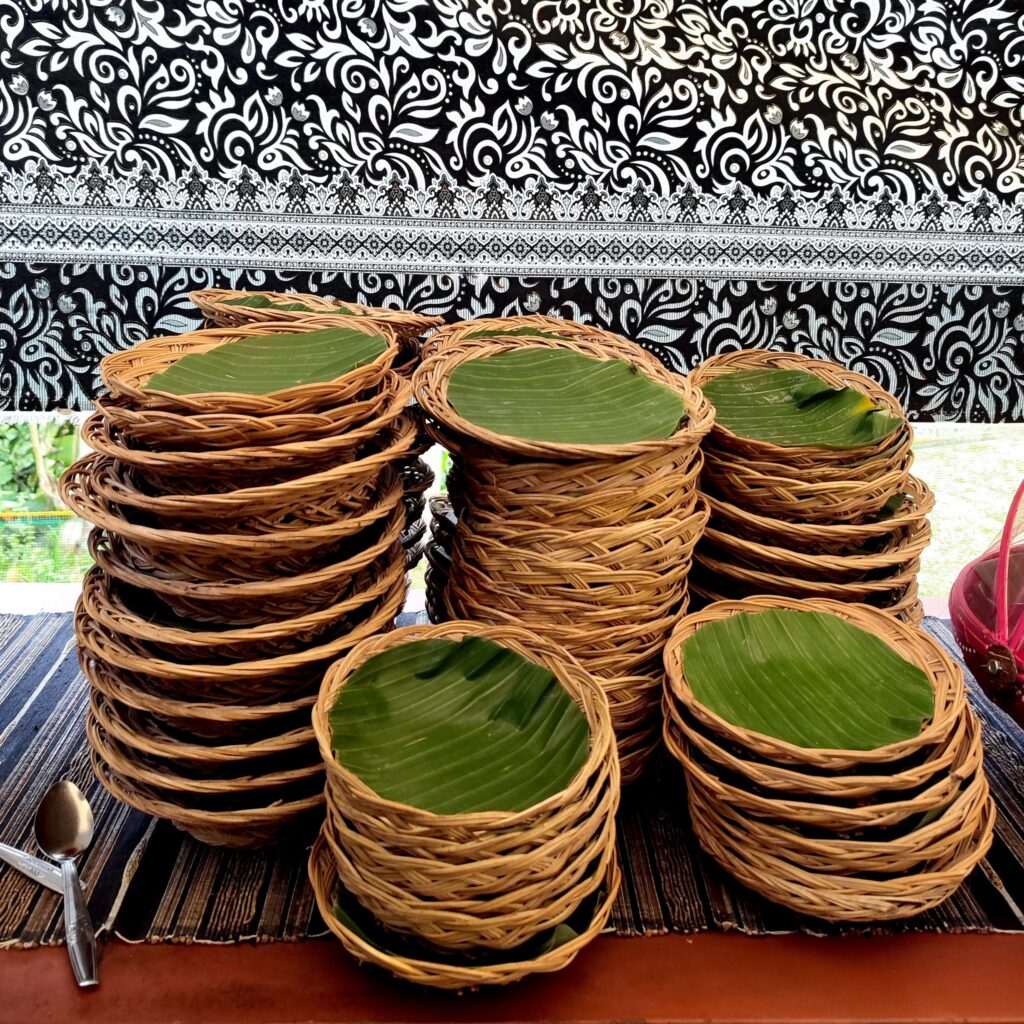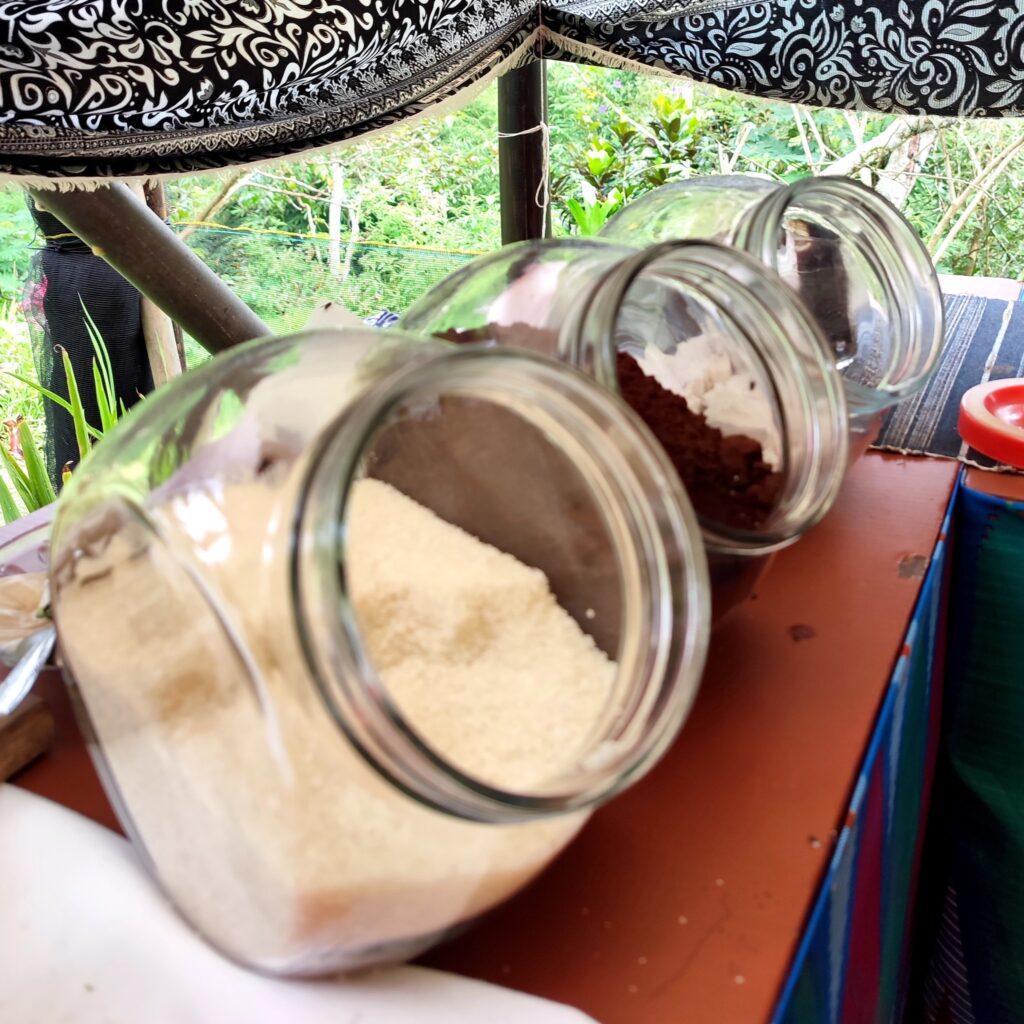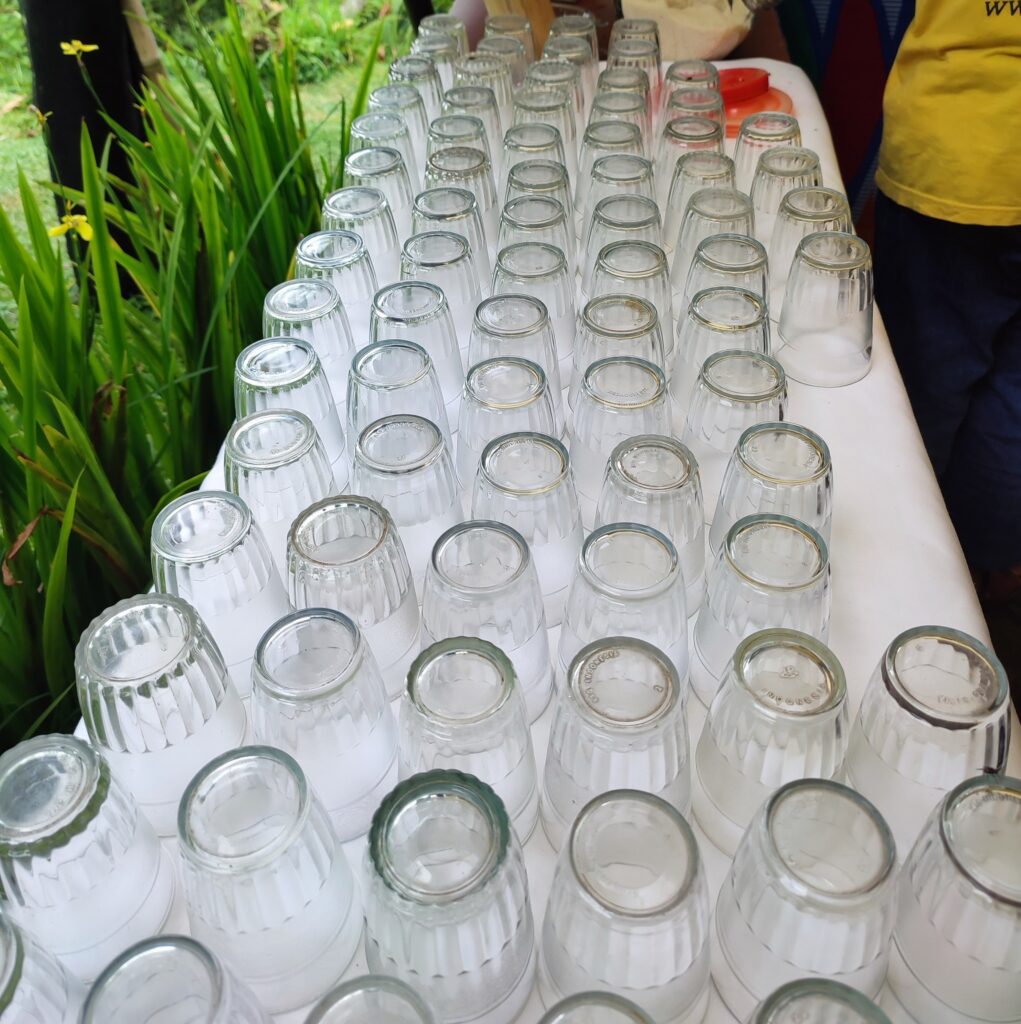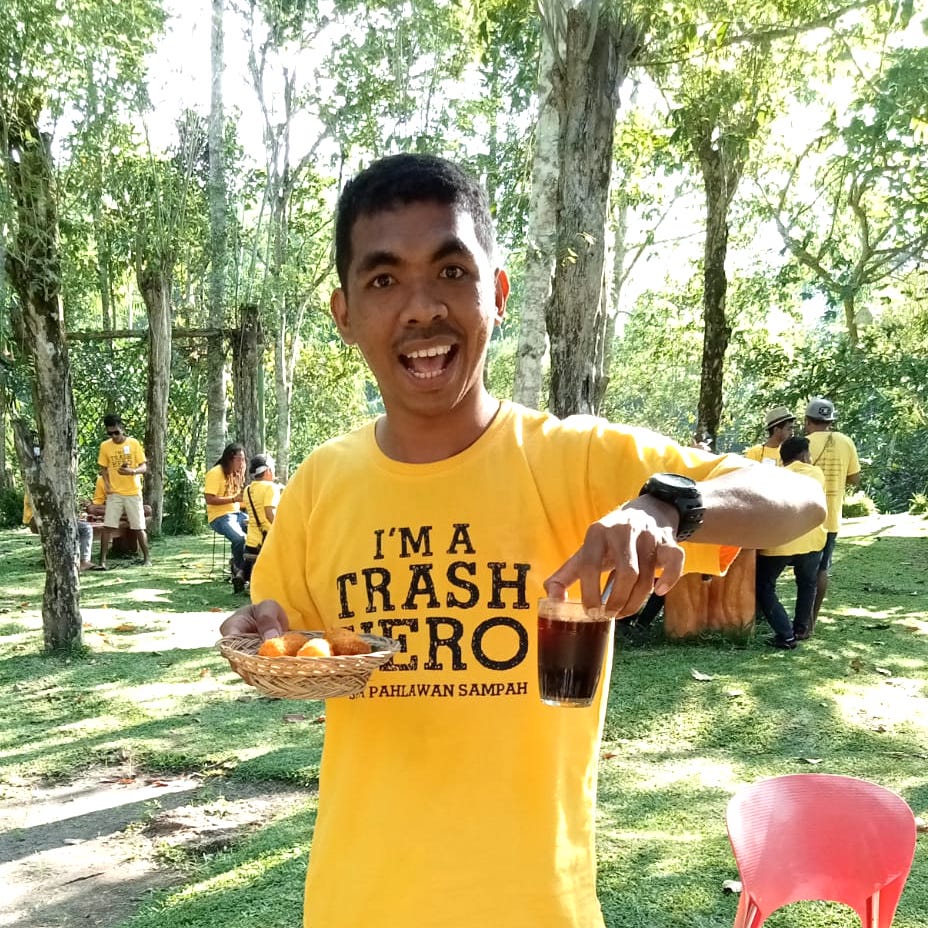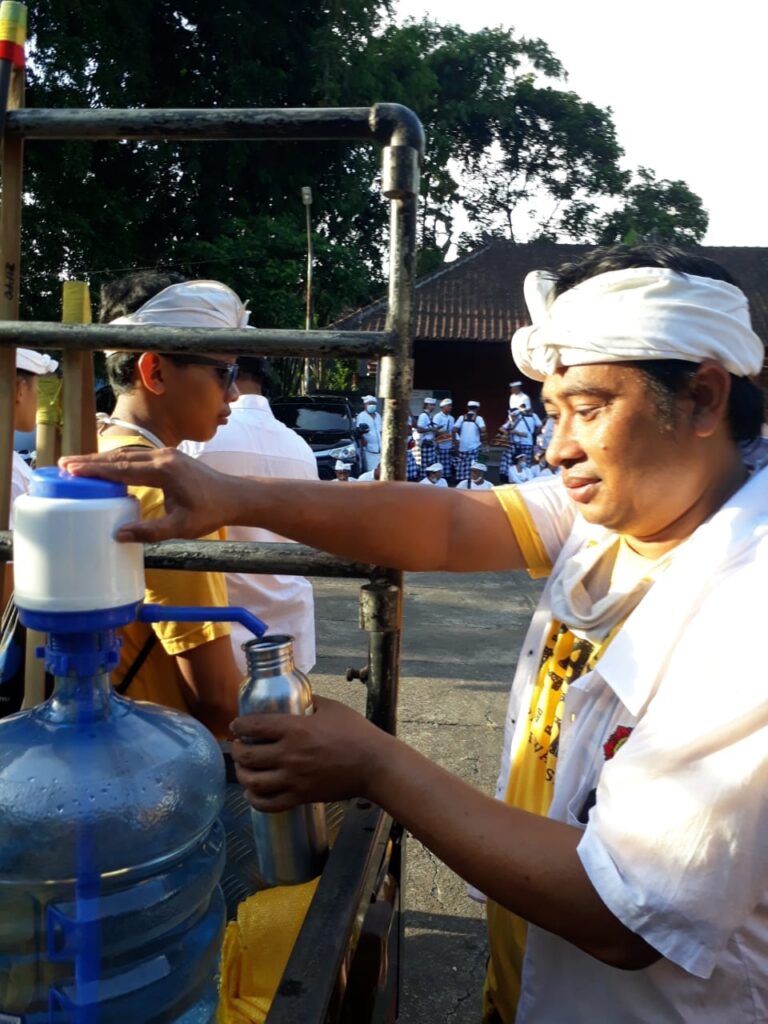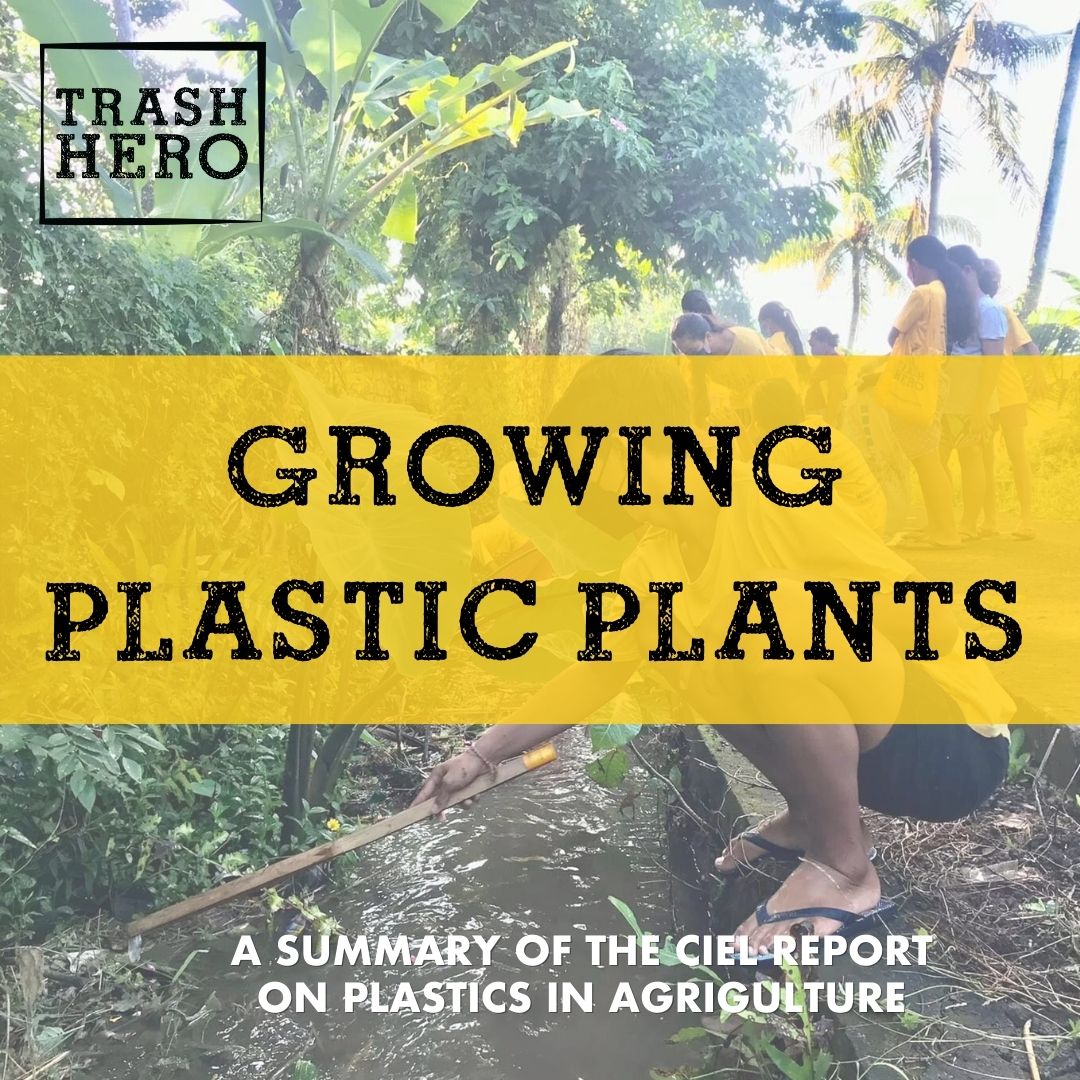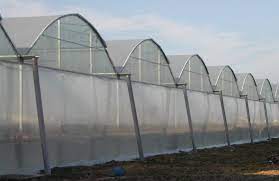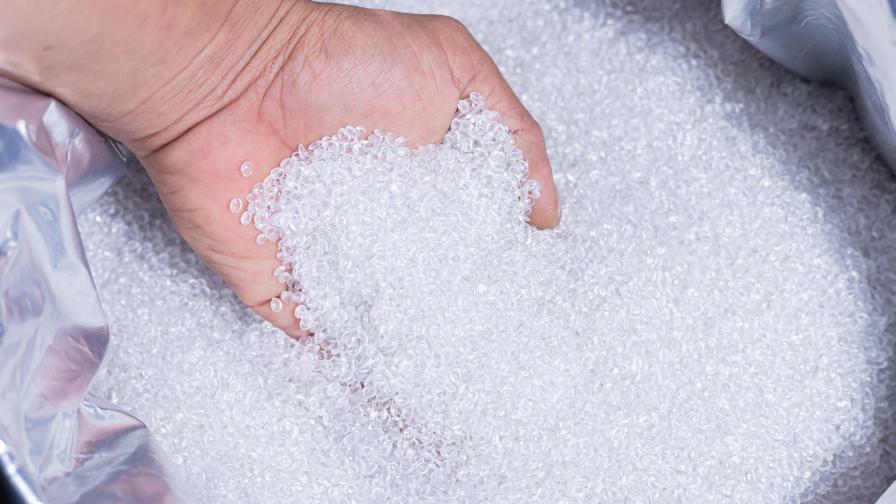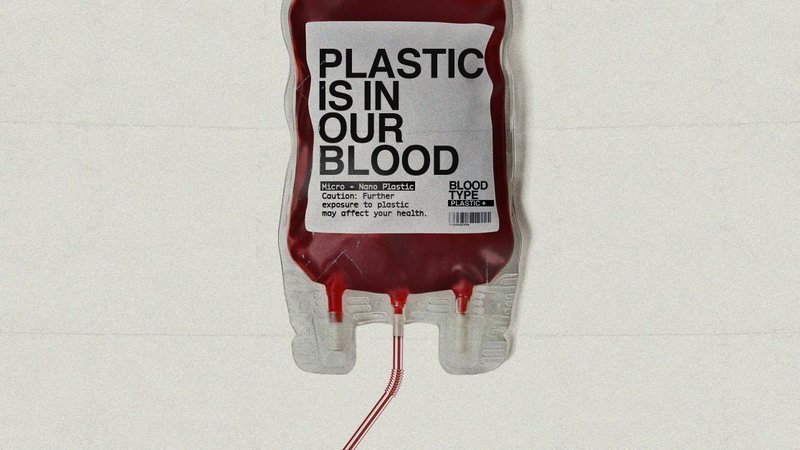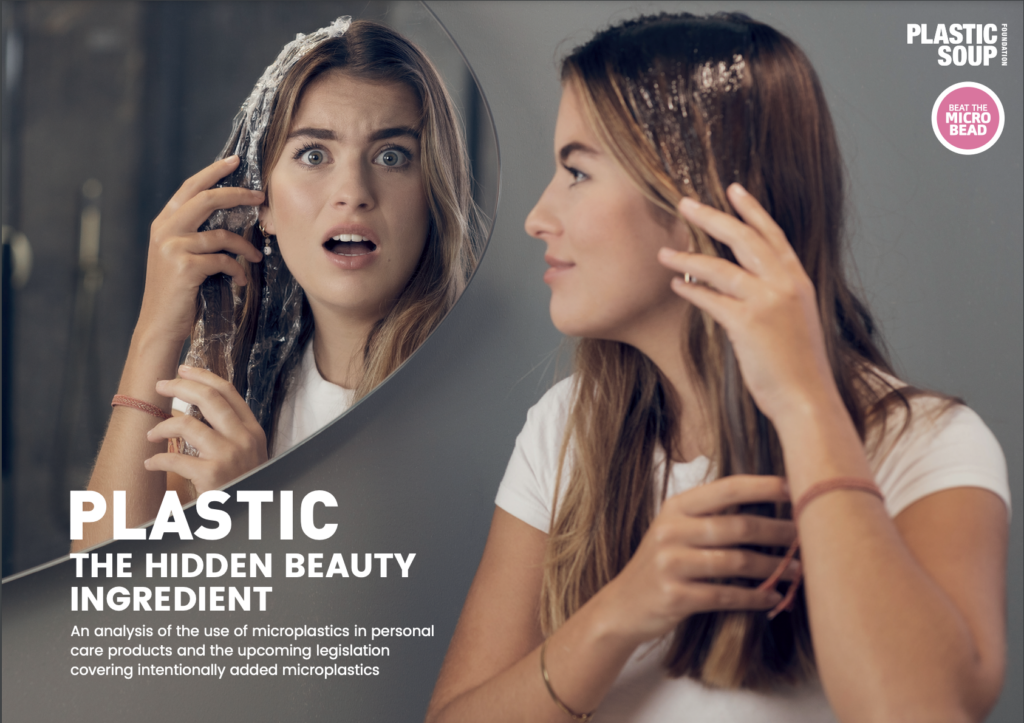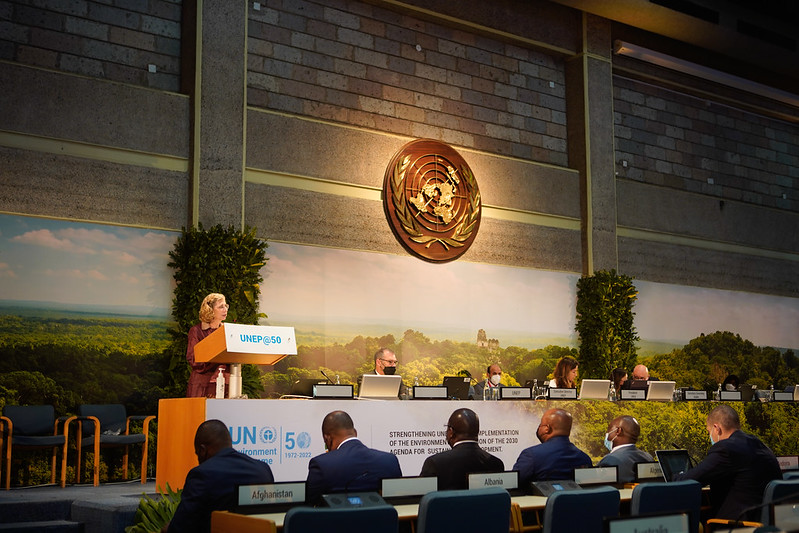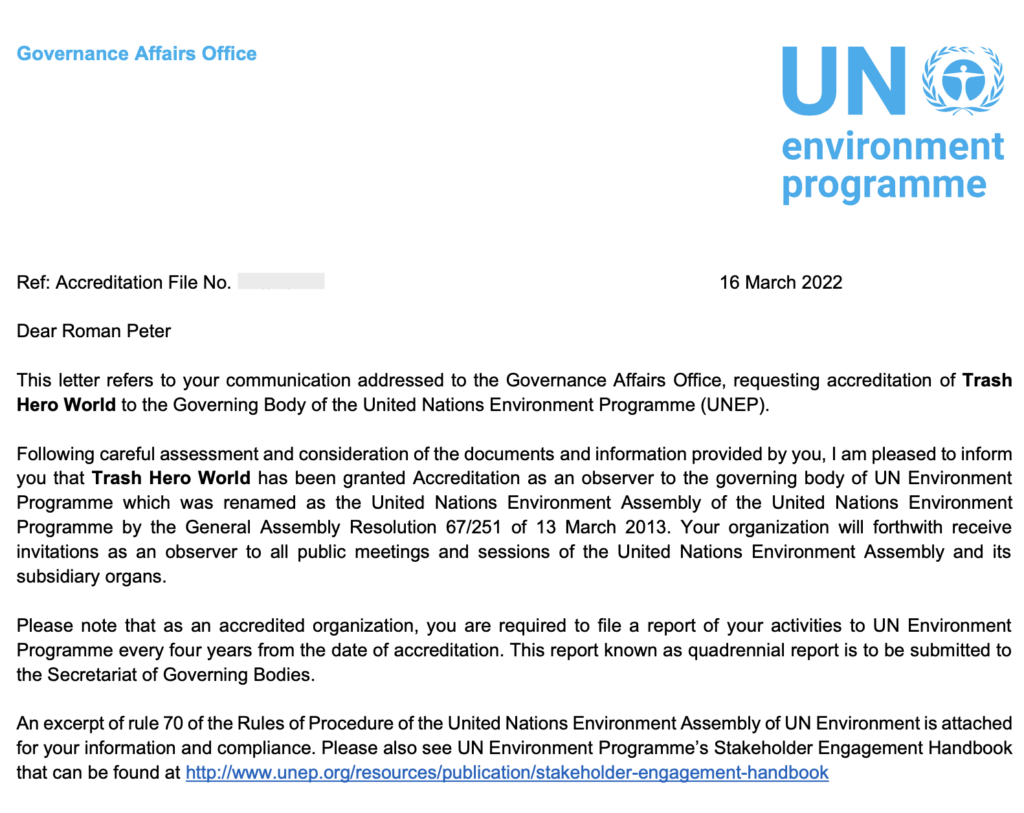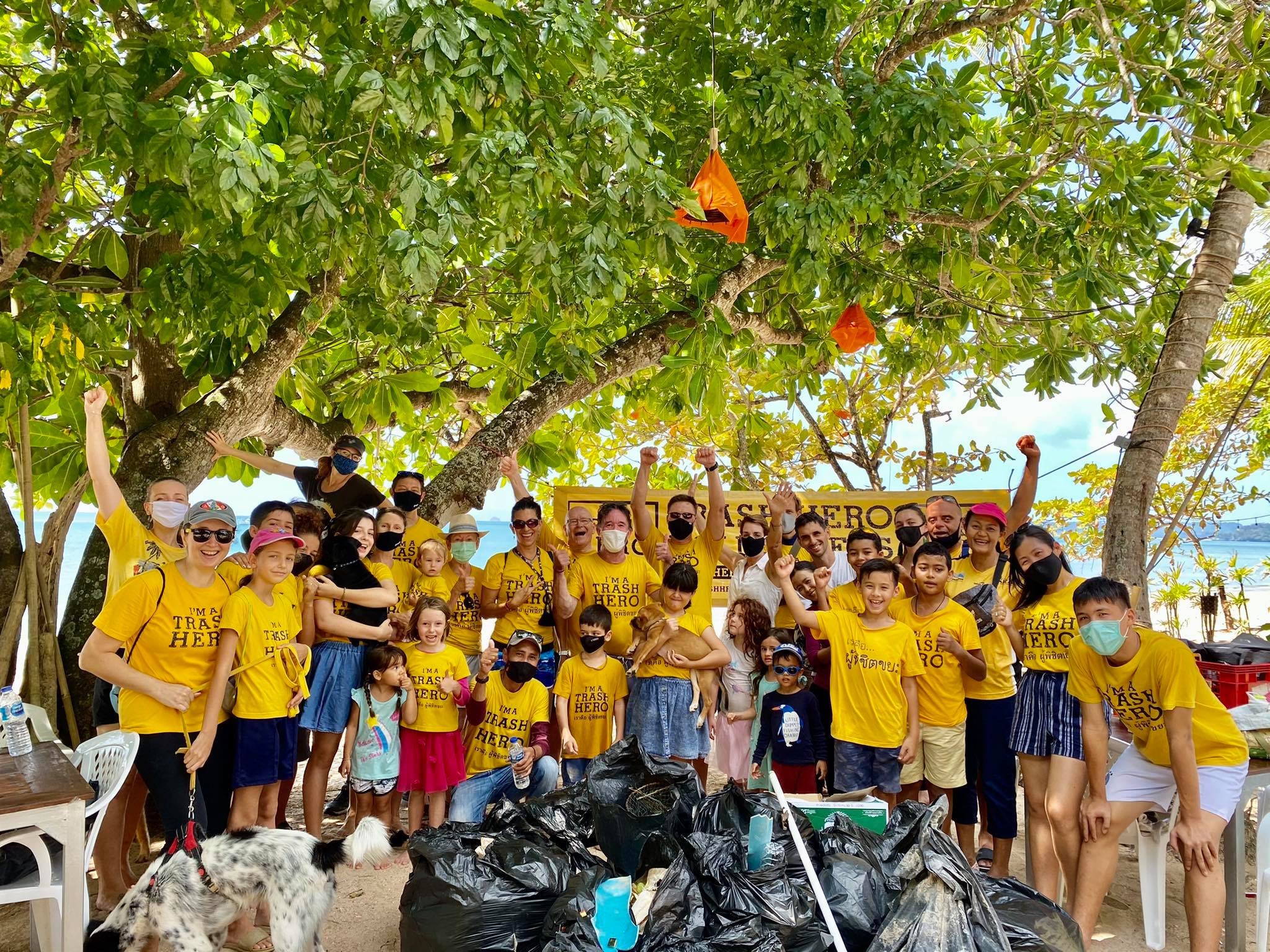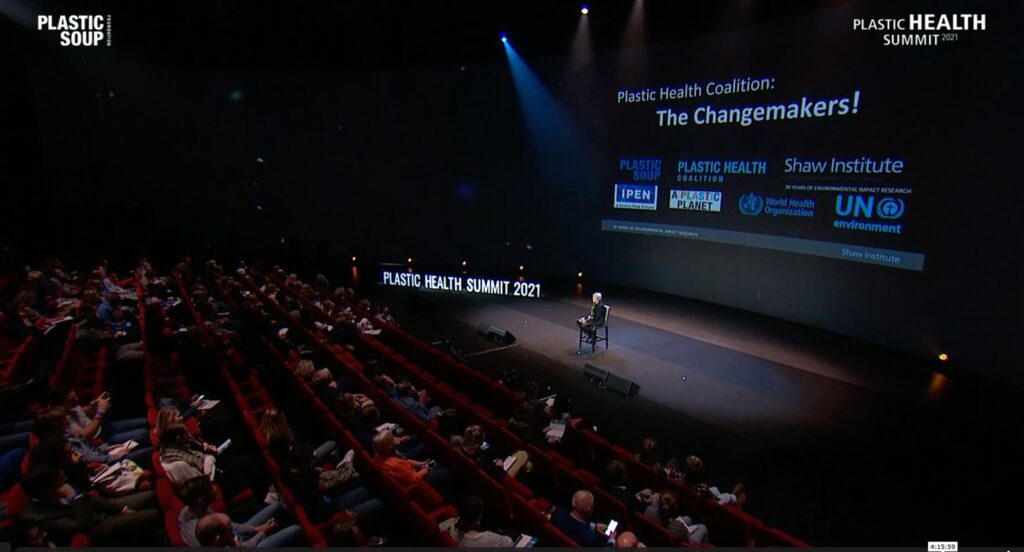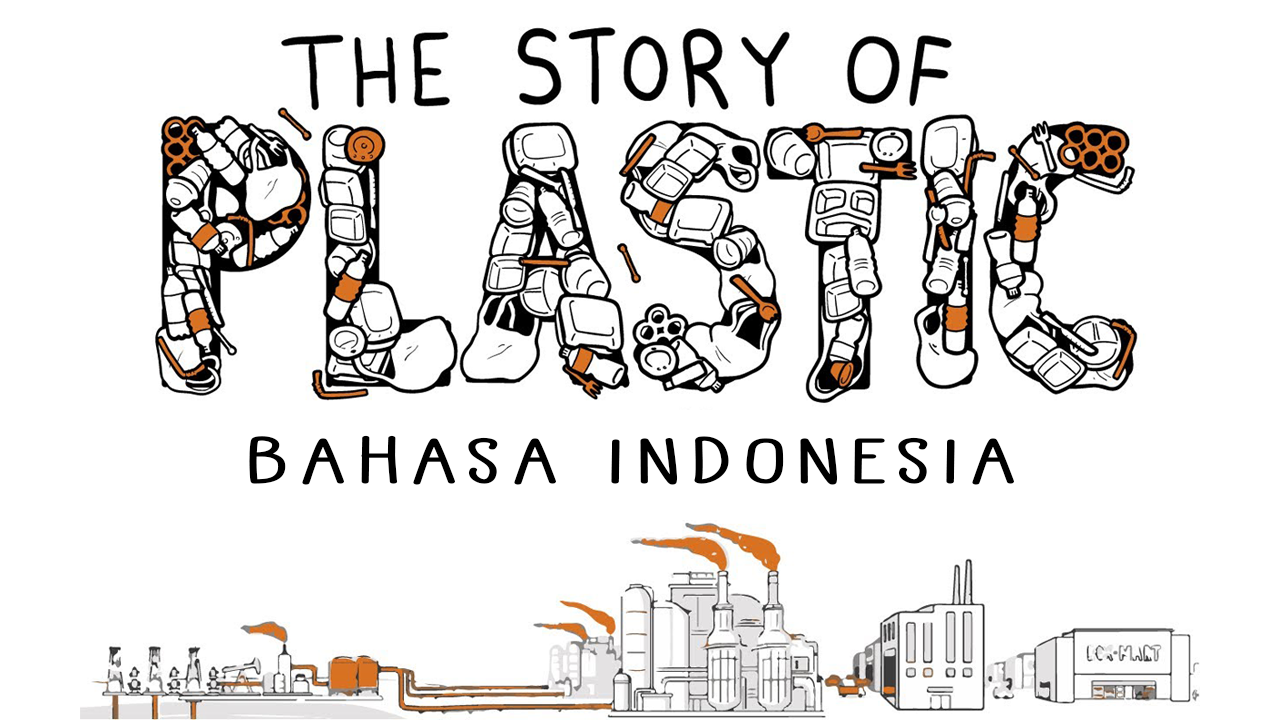Trash Hero Thailand is hiring! Please see below for job description.
This is a full time position (40+ hours a week), open to Thai citizens only.
Available immediately – applications will remain open until the position is filled.
Salary
– Based on location (local salary rates) and experience
About Trash Hero
Trash Hero Thailand (THT) is a registered association that leads, supports and governs the Trash Hero volunteer movement within Thailand, working for a clean world, free from plastic pollution. It is part of the Trash Hero World (THW) network, which has been active since December 2013.
In Thailand, there are around 30 Trash Hero chapters (local groups) in communities all over the kingdom. Activities focus on a weekly cleanup involving the local community, but volunteers are also involved in other projects, such as running a water bottle refill network, kids’ education, outreach work and zero waste advocacy.
Our country coordinator manages those chapters and activities and works closely with the global programmes team, which includes around 10 people, both volunteers and full-time staff.
Work Culture
We have an open, friendly and supportive work culture, with staff and volunteers working together at all levels of the organisation. We live the values of our Trash Hero Family and we are all personally committed to a zero waste future.
The Trash Hero Thailand country coordinator will work remotely from home (we do not have any offices). Team members connect over chat and meet regularly online during the week, often with international colleagues from Southeast Asia and the global programmes team.
Working hours are flexible and overtime and occasional weekend / out of hours work are considered part of the job. All working hours need to be documented.
Role description
The Trash Hero Thailand country coordinator helps to support and deliver our programmes within Thailand. It is a demanding position that will suit someone who enjoys multi-tasking and using a wide range of skills from people management to admin.
Country coordination requires a high level of organisation, excellent communication and networking skills, experience in (volunteer) training or coaching, as well as a passion for, commitment to and knowledge of zero waste and the Trash Hero mission.
You will work both independently, and as part of the global programmes team, to ensure that our operations in Thailand run smoothly, that our work is consistently of a high standard and that it creates the maximum impact possible. You will report directly to the Trash Hero World Programme Coordinator.
Key Duties & Responsibilities
PROGRAMMES SUPPORT & DELIVERY
- Mentor new chapters and provide day-to-day support to existing chapters
- Manage and expand bottles & bags and kids & education programmes
- Monitor activity of existing chapters and identify potential issues with compliance; or good work that deserves praise or mention to THW
- Stay informed about issues related to plastic pollution, zero waste, national policies, and potential solutions.
- (With support from THW) Prepare and lead webinars, workshops and other volunteer training activities
- (With support from THW) Create training materials, presentation slides and other programme materials as needed
- Send out and collect chapter and programme surveys as required
- Provide input for programme improvement to THW
PROGRAMMES ADMIN
- Coordinate with suppliers and organise delivery of Trash Hero products and marketing materials
- Process orders from volunteers and customers and make sure they know and follow correct procedures for payment etc.
- Maintain stock reports of bottles, bags, kids books and other programme materials
- Maintain a national contact database of refill points
- Maintain up to date local language versions of all written and graphical programme materials (e.g. chapter handbook)
- Collate and check cleanup data for all chapters on a monthly basis
- Collate and check brand audit data for all chapters on a monthly basis
- Produce weekly cleanup schedule for social media
- Collate best photographs of all activities for THW image library
- Administer the Meta Business Manager for all chapter social media accounts
COMMUNICATION
- Act as first point of contact for the public, volunteers and other stakeholders
- Filter emails, calls and social media messages and reply or forward to relevant people
- Be in regular contact with chapter leaders via group chats and private channels
- Write and send any general THT correspondence (e.g. invitation letters, thank you letters)
- Manage THT’s social media channels, including developing and posting daily content
- Analyse and report on social media engagement
- Coach chapters to use the correct brand voice and narrative and monitor their (social) media posts
FINANCIAL ADMIN
- Prepare all expenses claims to Trash Hero standards
- Monthly and annual bookkeeping for the Association
- Organise salary, insurance and tax payments and related admin
- Lead the accounting at Family Meetings
- Give input for the Association annual budget
GENERAL ADMIN
- Organise volunteer Family Meetings (invitations, hotel, travel, meals, other logistics)
- Organise regular meetings for the Board, mentor team, THW etc.
- Take minutes at meetings i.e. Board and family meetings
- Translate (or arrange translation of) key documents into Thai / English when required
- Keep contact info, organisation chart and other records of the country up to date
- Organise travel for Board and chapter leaders as required
Experience & Skills
Essential
- Thai native speaker, with good English (B2 level)
- Excellent communication skills (written, spoken and non-verbal)
- 10-12+ years of work experience, in an administrative, customer service or communications role
- Good IT skills (Excel, Word, Powerpoint and Google equivalents, including Forms)
- Basic design skills (Canva)
- Ability to work with people of different ages, backgrounds and cultures
- Good time management and ability to prioritise tasks
- Accurate, thorough and efficient way of working
Desirable
- Experience of volunteering with Trash Hero or other NGO in a similar field
- Networking skills
- Public speaking / presentation skills
- Translation skills (English to Thai)
- Video editing skills
Applications & recruitment timeline
STEP ONE: Applications should be made by email to info @ trashhero.org and include:
- your CV with 2 references
- a cover letter
- a short (< 2 minutes) video introducing yourself and explaining why you want to work for Trash Hero (simple recording with phone, no editing needed)
Incomplete applications will not be reviewed.
STEP TWO: Successful candidates will be contacted for an initial online interview.
STEP THREE: The second round will involve a period of (part-time) volunteering, alongside the current country coordinator. Trash Hero is an organisation that depends entirely on volunteers, so this is a great opportunity to understand that dynamic, as well as allowing both sides to get to know each other before making a commitment. If all goes well, a formal job offer will follow.
read more
